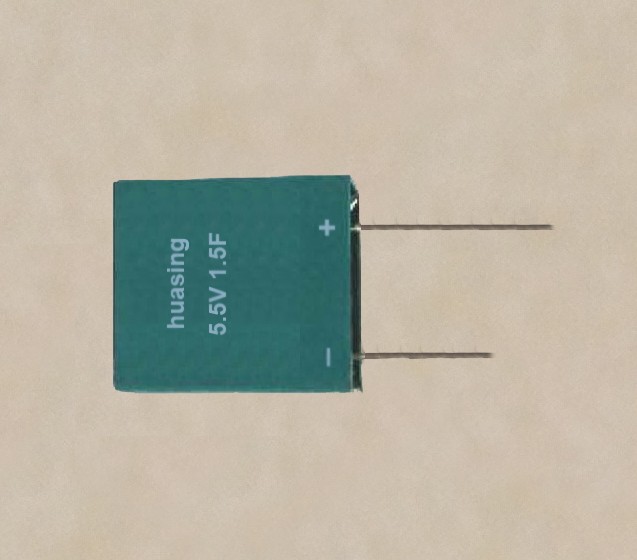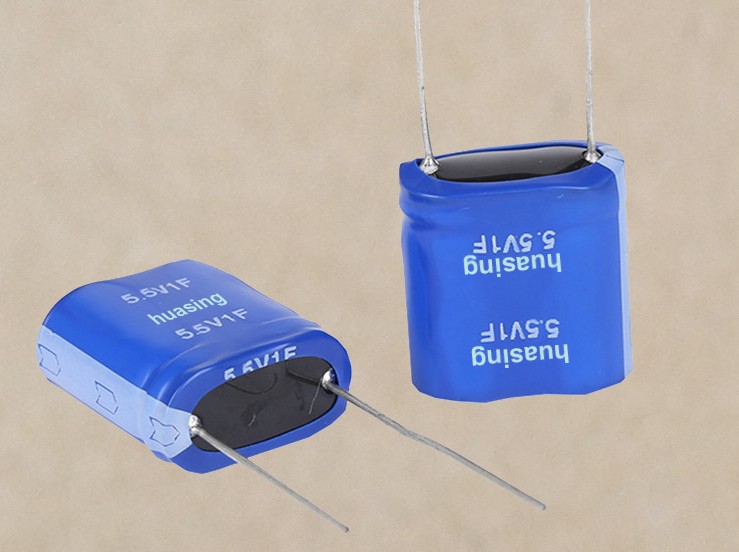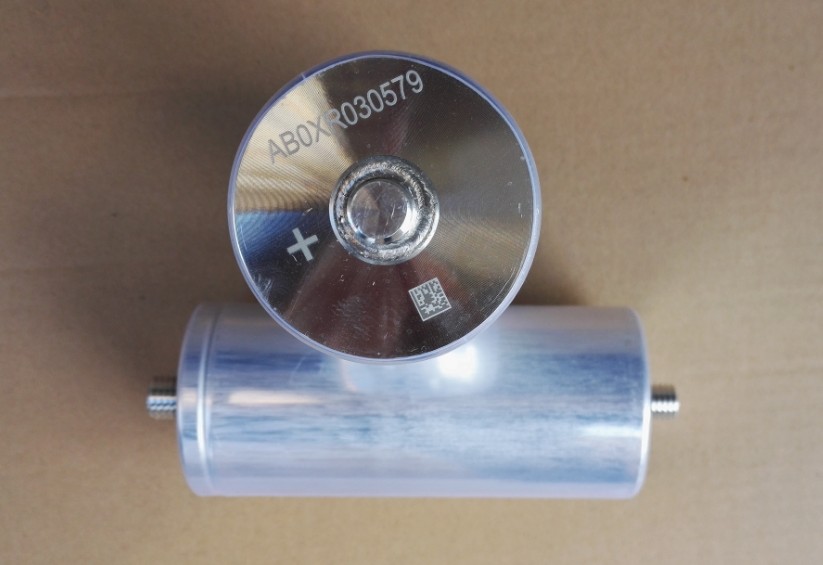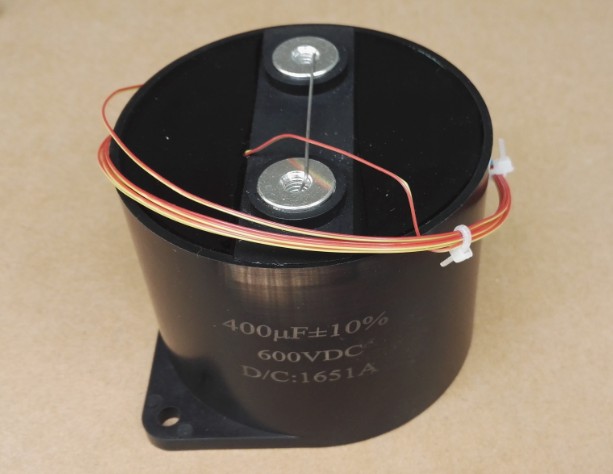Pouch-type EDLC Super Capacitors
ULTRACAPACITOR TECHNOLOGY
| Electrochemical Double Layer Capacitor (EDLC), also known as Ultracapacitor or Supercapacitor, is an energy storage device, functionally equivalent to any other known type of capacitors. Principal distinction, however, consists in a huge energy storage potential of Ultracapacitors, which is thousands of times greater than that of high-capacity electrolytic capacitors. |
Ultracapacitor Principal
Conventional capacitors consist of two conductive (metal) plates separated by a dielectric layer. Electrostatic capacitance of the device is directly proportional to the area of the plates and permittivity of the dielectric layers, while being inversily proportional to the layer thickness. In other words, high values of the plates area and dielectric layer permittivity combined with low value dielectric layer thickness are needed to achieve large capacitance. In practice, however, the dielectric layer thickness can not be reduced infinitely, otherwise resulting in the capacitor breakdown. On the other hand, an increase in the plate area is also limited, otherwise leading to unacceptable increase in the overall dimensions.
The alternative way to achieve high capacitance on the order of 10 F/cm3 is to use nanosized materials for electrode manufacture. These materials possess huge specific surface area - up to 2000 m2/g. Such materials include, in particular, special nanoporous activated carbon powders. Activated carbon consists of extremely small and very "rough" particles, sized in a range of 3-7 micron, which in bulk, forms a low-density volume of particles with pores of different size that resembles a sponge.

Nanoporous material structure under electrone microscope.
The ultracapacitor consists of two electrodes immersed into a special organic electrolyte. Very thin double electric layer, on the order of 1 nm, forms on the developed surface of each electrode under the applied external voltage. Schematic representation of this process is shown in a picture below:

During the capacitor charging process, the charge is accumulated in the negative and positive carbon electrodes and maintained there by the attraction of cations and anions (positively and negatively charged particles of electrolyte), respectively. The amount of charge that can be maintained in the capacitor is proportional to the accessible surface of the electrodes that can interact with ions of electrolyte. Hence, as we increase the effective surface of the electrode the overall capacitance increases. The use of activated carbons allows to achieve tremendous capacitance value.
Ultracapacitor Design

HUASING is developing prismatic ultracapacitor cells. Prismatic shape is beneficial due to maximazing efficiency of the packing cells into modules which is especially important for applications, where the space for the energy storage module is limited (in automobiles, consumer electronics etc).

 Tel:86 0513 65085106 Fax:86 0513 81164838
Tel:86 0513 65085106 Fax:86 0513 81164838 






